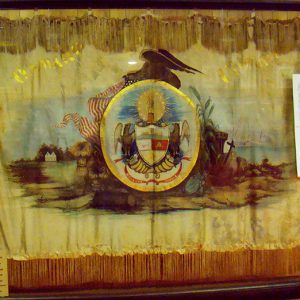 Phillips Guards Flag
Phillips Guards Flag
Entry Type: Thing - Starting with P
 Phillips Guards Flag
Phillips Guards Flag
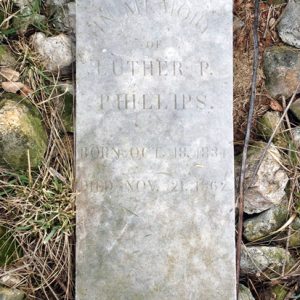 Luther Phillips's Grave
Luther Phillips's Grave
Phoenix Hotel
Photography
Physical Education Building (Arkansas Tech University)
aka: Techionery Building
 Physiographic Regions
Physiographic Regions
Pick and Shovel
 Pickle Barrels; 1955
Pickle Barrels; 1955
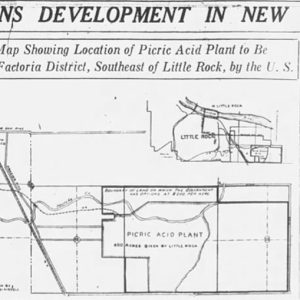 Picric Acid Plant Headline
Picric Acid Plant Headline
 Picric Acid Plant Map
Picric Acid Plant Map
 Pictograph at Site 3CN20
Pictograph at Site 3CN20
 A Piece of My Heart by Richard Ford
A Piece of My Heart by Richard Ford
 Pierced Moon by Robyn Horn
Pierced Moon by Robyn Horn
Pig Trail Scenic Byway
Piggott National Guard Armory
Piggott Post Office
 Piggott Post Office Art
Piggott Post Office Art
Pike County Courthouse
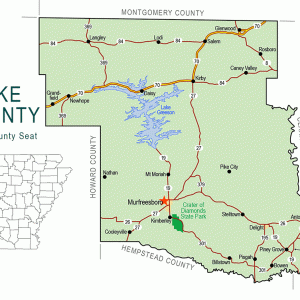 Pike County Map
Pike County Map
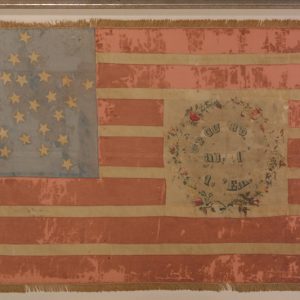 Pike's Little Rock Guards Battle Flag
Pike's Little Rock Guards Battle Flag
 Cicero Pilgrim Sculptures
Cicero Pilgrim Sculptures
Pillow-Thompson House
aka: Jerome Bonaparte Pillow House
Pillstrom Tongs
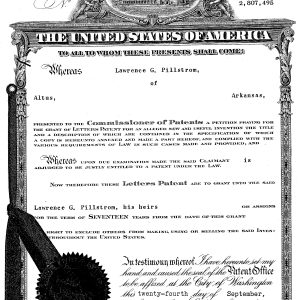 Pillstrom Tongs Patent
Pillstrom Tongs Patent
 Pillstrom Tongs Prototype Drawing
Pillstrom Tongs Prototype Drawing
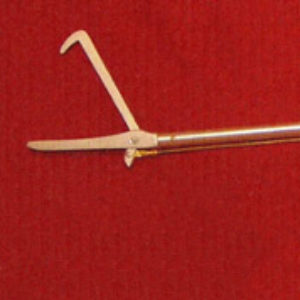 Pillstrom Tongs
Pillstrom Tongs
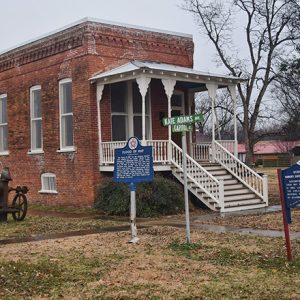 Markers at Xenophon Overton Pindall Law Office
Markers at Xenophon Overton Pindall Law Office
 Xenophon Overton Pindall Law Office
Xenophon Overton Pindall Law Office
 Xenophon Overton Pindall Law Office
Xenophon Overton Pindall Law Office
Pine Bluff Confederate Monument
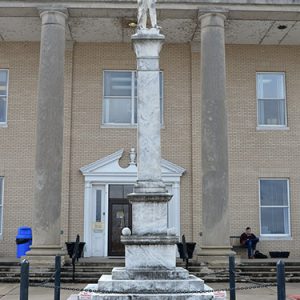 Pine Bluff Confederate Monument
Pine Bluff Confederate Monument
 Pine Bluff Community Theater
Pine Bluff Community Theater
Pine Bluff National Guard Armory
Pine Bluff Weekly Herald
Pine Ridge Community Cemetery
 Pine Tree, Official State Tree
Pine Tree, Official State Tree
 Pipevine Swallowtail
Pipevine Swallowtail
 Pirate Perch
Pirate Perch
Pirate Perch
 Pitman's Ferry Memorial
Pitman's Ferry Memorial
Place Names
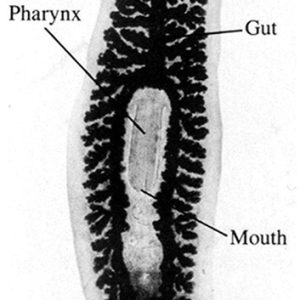 Planarian
Planarian
Planarians
aka: Triclads
 Planarians
Planarians
Planters Bank Building
Pleasant Hill United Methodist Church (Saline County)
Plum Bayou Log House
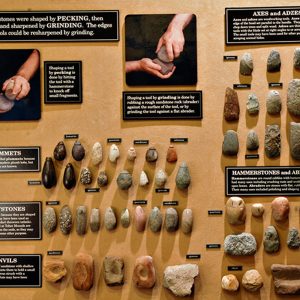 Plum Bayou Artifacts
Plum Bayou Artifacts




